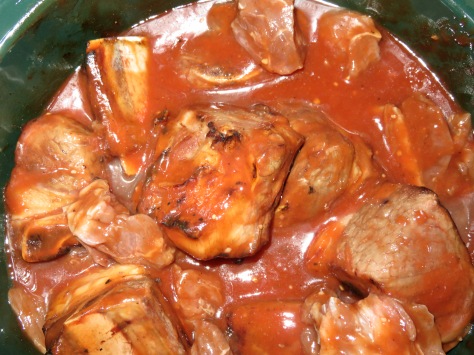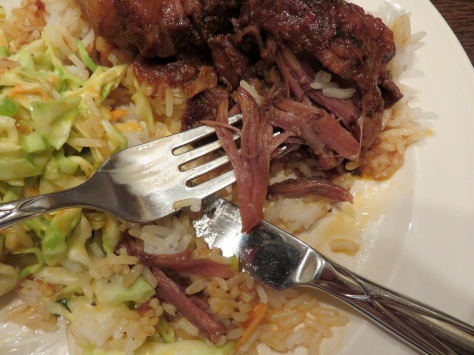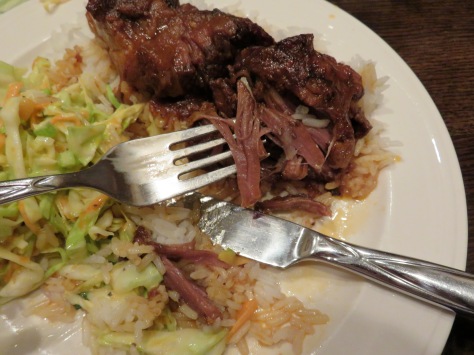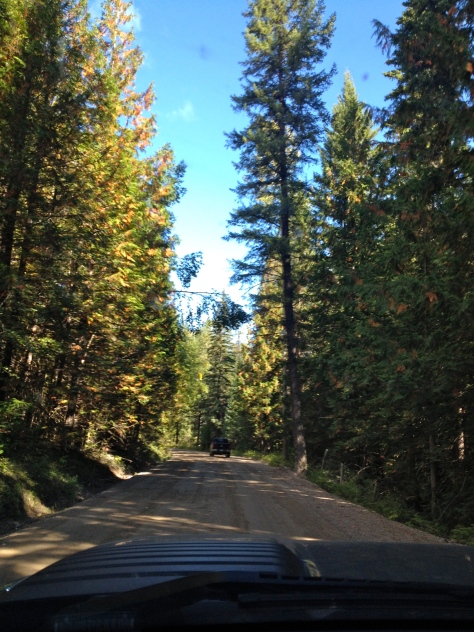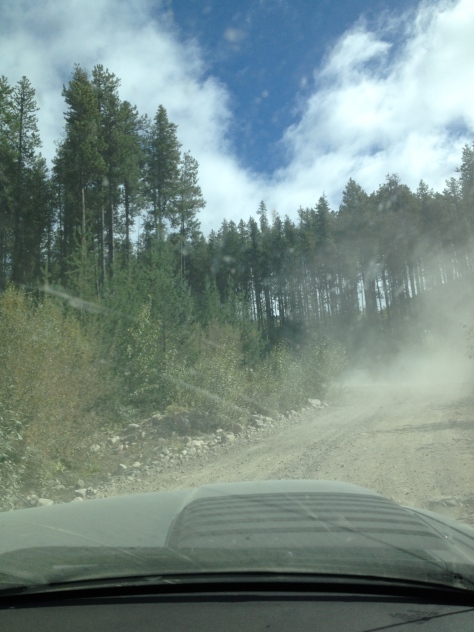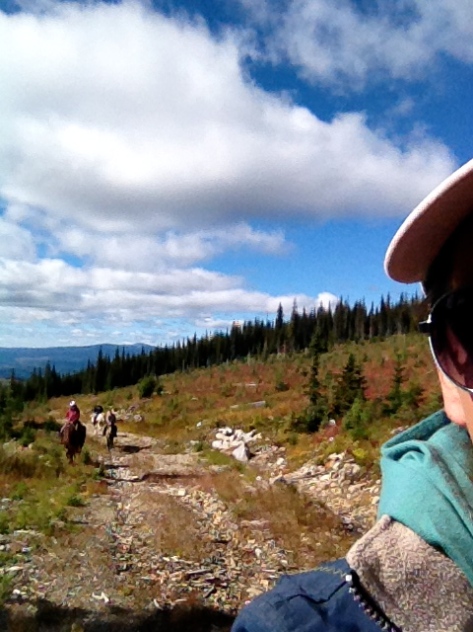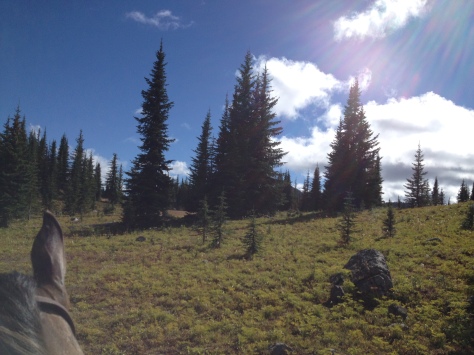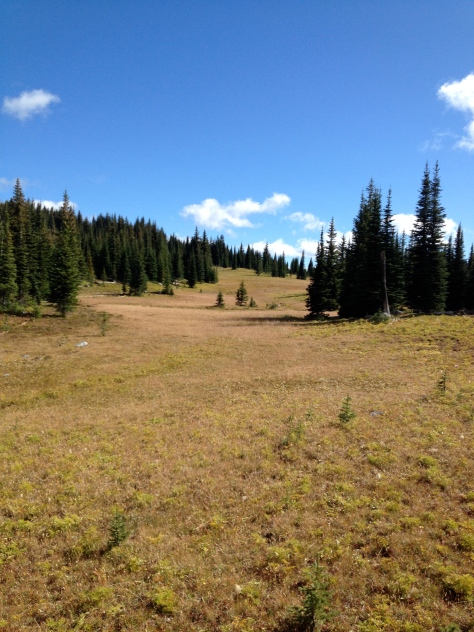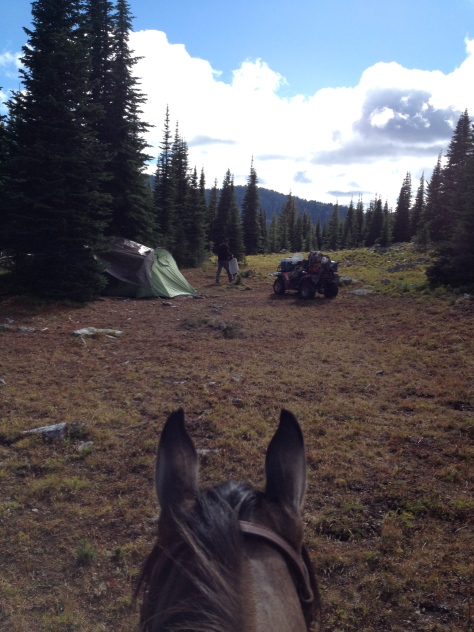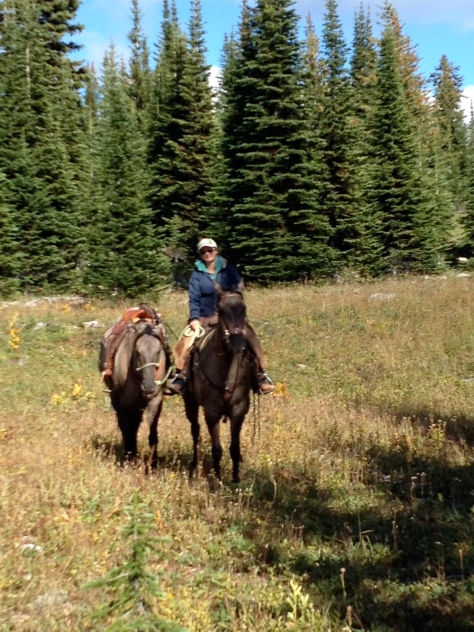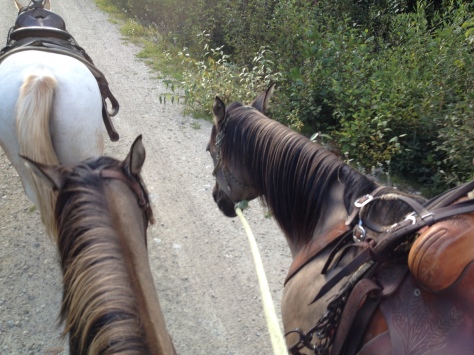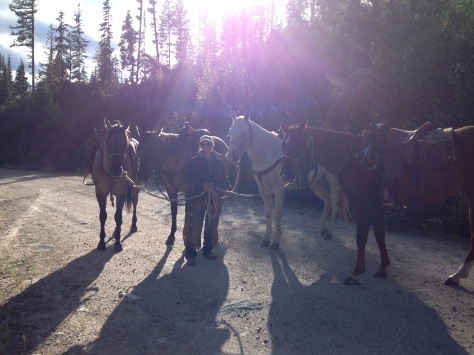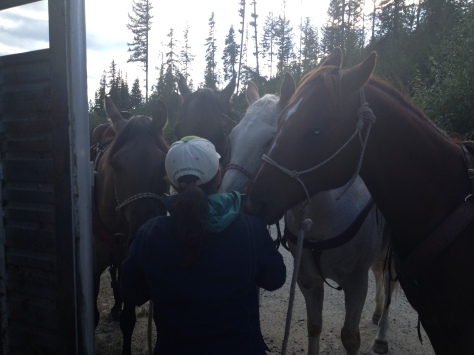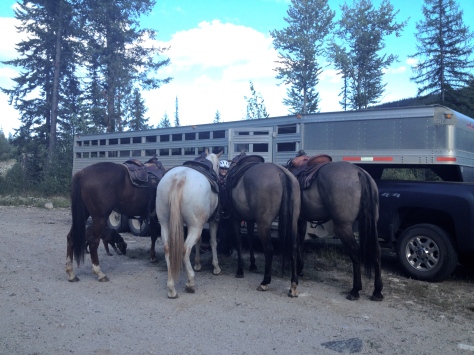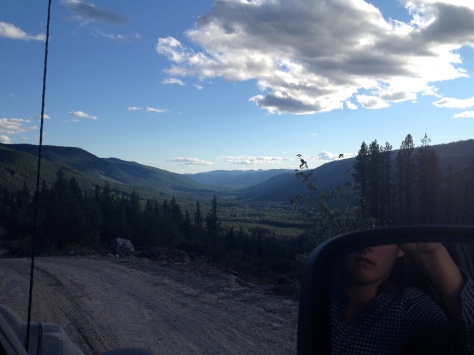For supper the other day I made my mom’s ‘BBQ Texas Short Ribs’! I love this recipe because it brings back wonderful memories of my home growing up, but also, I came to the conclusion that I LOVE perfectly done beef short ribs. At the dinner table I had the profound realization, in which I announced to my family that, “My all-time favourite meat is: beautifully, slow cooked Beef Short Ribs! Even more so than a perfectly done Steak or tender Tenderloin!” It was a BOLD statement!
For me there is nothing that compares to the fall apart, stings of rib meat that melt in your mouth. Let me walk you through how to try this spectacular part of the beef animal.
BBQ Texas Short Ribs
1 clove of garlic
1 tsp. Chili powder
2 cups Ketchup
1/3 cup of Lemon juice
3/4 cup White Vinegar
1/4 cup Worcestershire sauce
1/3 cup Brown Sugar
1 Tbsp. Dry Mustard
Mix all above ingredients in slow cooker, or casserole baking dish. Our butcher cuts our Beef Ribs into 1.5″ sections called short ribs. You need approximately 4-5 pounds of these Short Beef Ribs for this recipe. Quickly brown, or singe, the ribs on the BBQ. Note: it is important not to leave the ribs too long on the BBQ as they are high in fat. A fellow rancher, his wife and I laughed and laughed when he told us his story of how he thought he could completely cook the ribs on the BBQ. It ended with a large fire due to the rib fat and tough, underdone ribs. It is the slowwww cooking that makes them irresistible. After a quick singe on the BBQ, put the ribs into the baking dish or slow cooker and stir to coat the ribs with the sauce. Then walk away and go do something productive. They take from the morning to supper time in the slow cooker on low. I have also done them in the oven, and it is the way my mother did them, baking at 225 degrees fahrenheit for 6 hours.
These ribs are made up of a lot of fat, which is what makes them SOOO good, and why I love them. Although some ‘wimpy eaters’ cannot handle it. I made these ribs once for an acquaintance and nearly ‘flipped my lid’ when he painstakingly picked out every bit of fat! It was painful to watch.
Here are some pictures. I hope you give ’em a try with rice and coleslaw. ~Erika Fossen~
This is after the BBQ, but before they are cooked all day